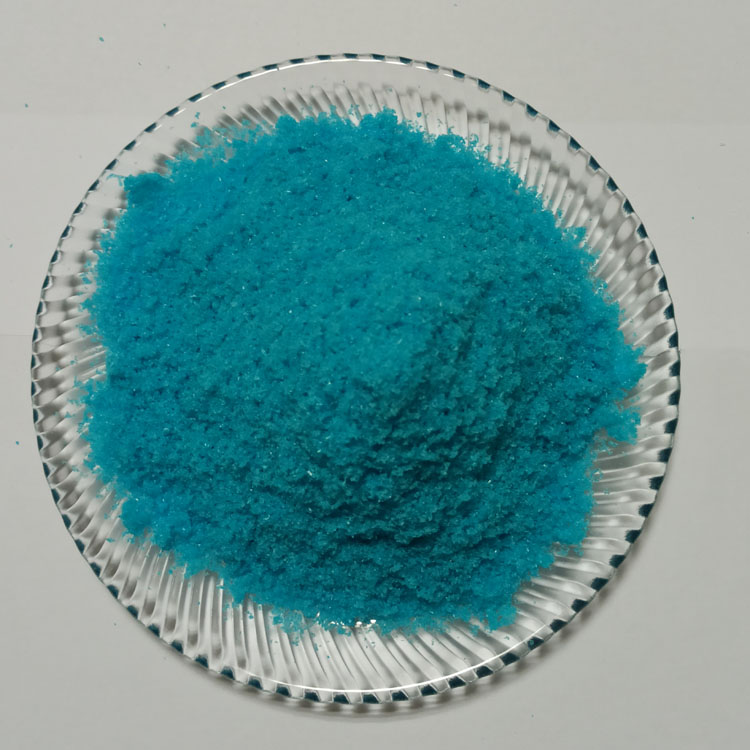You will know how to use water-soluble fertilizer after reading it!
VIEWS: times Release Date:2020-09-26
One. Why water-soluble fertilizer

1. Water-soluble fertilizer-high fertilizer utilization rate. Insoluble fertilizers are almost ineffective. Water-soluble fertilizers are completely soluble in water and directly enter the soil with the water. Nutrients can be directly absorbed by plant roots, with fast absorption and high utilization rate.
2. Water-soluble fertilizer-application more evenly. Watering with water, using water to bring fertilizer, the fertilizer is completely dissolved in the water, and is almost evenly distributed to each crop.
3. Water-soluble fertilizer-safe and efficient. Traditional mechanical top dressing will destroy the underground roots of plants, affecting the absorption of fertilizers and the normal growth of plants; water-soluble fertilizers are irrigated with water, "silent", no damage to crops, and more scientific.
Two. Apply water-soluble fertilizer correctly
a. Water-soluble fertilizer cannot be applied directly, it is recommended to use it with water;
b. Reasonably allocate usage and dosage, follow the principle of small amount and more application;
c. According to the different growth periods of crops, choose a suitable formula of water-soluble fertilizer;
d. Water-soluble fertilizer can only be used as top dressing;
e. It is best not to choose river water when irrigating, it is easy to produce sediment and affect fertilizer efficiency;
f. Don't fertilize in rainy days, it is easy to lose nutrients and waste fertilizer;
g. Cannot be used with alkaline substances.
Three. Precautions for water-soluble fertilizer application should be kept in mind
1. Avoid excessive application concentration. Follow the application method and dilution concentration recommended on the package to avoid arbitrarily increasing the concentration and causing fertilizer damage to crops.
2. Pay attention to the uniformity of fertilization. In principle, the slower the fertilization of drip irrigation, the better, especially for elements with poor mobility in the soil (such as phosphorus). Extending the fertilization time can greatly improve its utilization rate. Drip irrigation and fertilization in the dry season is recommended to be completed within 2 to 3 hours. Under the condition that the soil is not short of water, the rate of fertilization can be appropriately accelerated, but the uniformity of fertilization should also be considered.
3. Avoid excessive irrigation. Generally, the depth of the root layer can be kept moist. The depth of the root layer varies greatly with different crops. You can use a shovel to dig the soil at any time to understand the specific depth of the root layer. Excessive irrigation not only wastes water, but also leaches nutrients below the root layer, wastes fertilizer, and reduces crop yields. Especially urea and nitrate nitrogen are easily lost with water.
4. Avoid direct flushing and use secondary dilution. Because water-soluble fertilizers are different from general compound fertilizers, users cannot use conventional fertilization methods. Direct flushing may cause uneven fertilization, resulting in burned seedlings, weak seedlings, etc. The second dilution application ensures safety. Fertilizer flushing is uniform and fertilizer utilization rate is high.
Previous : The synergistic effect of amino acids on chemical fertilizers
Next : Fertilization and watering management of muskmelon in greenhouse
Latest News
- The company overcame difficulties and won a "good start" in the first quarter ...2022-03-28
- Safe Production ...2022-03-28
- first-line collection ...2022-03-26
- Huaqiang News ...2022-03-26
- Huaqiang Chemical Strong Agriculture Project ...2022-03-25
- huaqiang news ...2022-03-24
- winning unit ...2022-03-22
- Huaqiang News ...2022-03-21
Related Information
- The best fertilizers for fruits and crops ...2020-05-26
- Huaqiang Chemical Group NPK fertilizer pdf ...2020-04-01
- Humic Acid Fertilizer ...2019-12-31
- Bulk Blending Fertilizer ...2019-12-27
- Water Soluble Fertilizer ...2019-12-08
- NPK Fertilizer ...2019-12-02
- Potassium Sulfate Fertilizer ...2019-11-30
- Urea Fertilizer ...2019-11-21
MESSAGE
Our sales staff will be the first time to get in touch with you,to provide you with the latest price.
-
Chemical Products
-
Compound fertilizer
-
Contact Us
Huaqiang Chemical Group Stock Co.,Ltd.
No.1 Jinping Avenue, Dangyang , Hubei , China
Http://www.hq-chemical.com
info@hq-chemical.com
Tel:+86 717 3431866
Mobile: +86 18627120543
© Copyright 2021 Huaqiang Chemical Group Stock Co.,Ltd. All Rights Reserved



